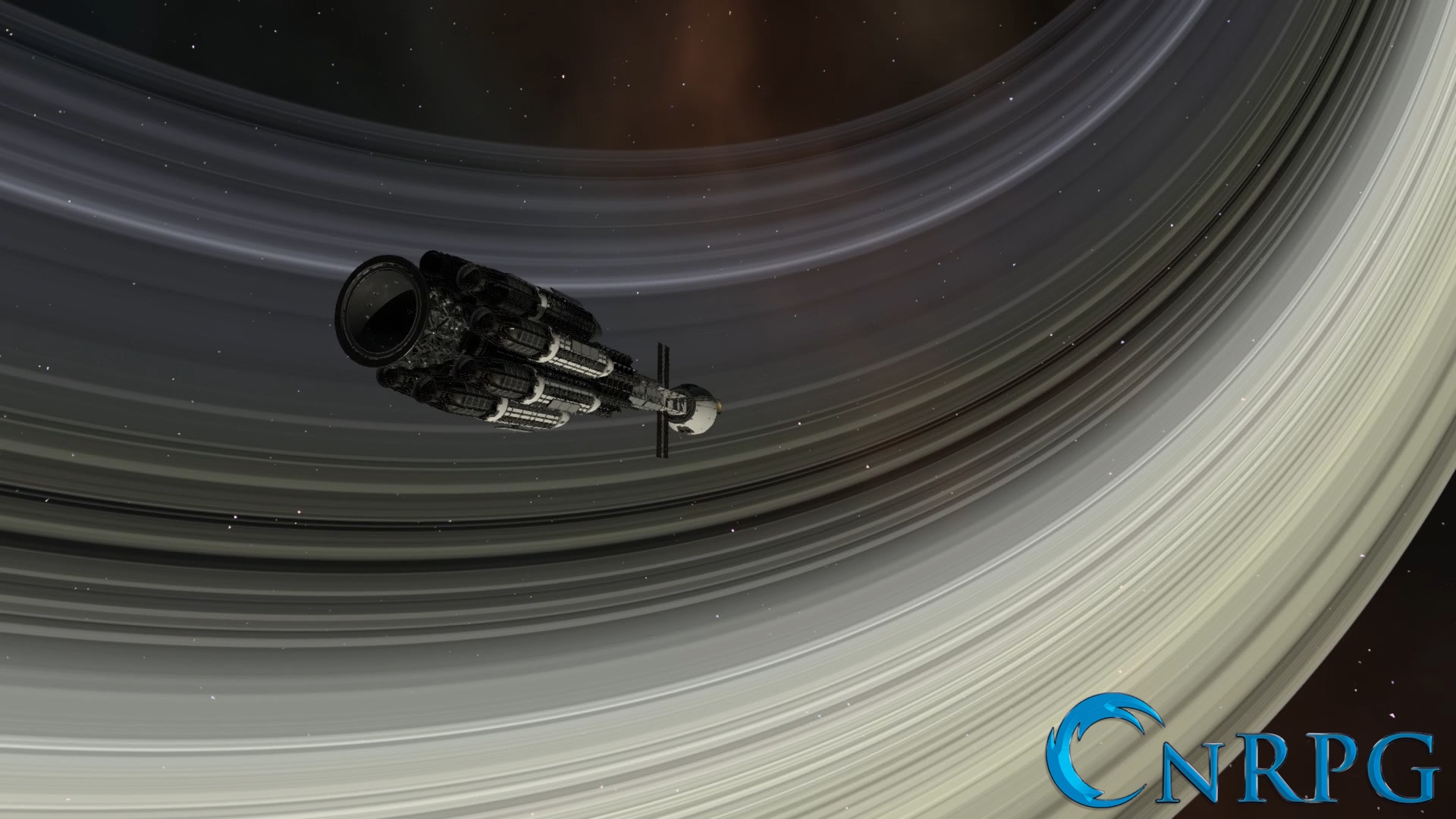
They provide a connection to KSC even when no connection is available. That way, the moment you push the "launch" button in the VAB, you already have a connection to KSC that will last until you're either over the horizon or more than 500 km away, which is plenty of leeway to get to LKO even without any other relay satellites. it's already turned on at launch time, unless you specifically deactivated it in the VAB). Put a DP-10 omnidirectional antenna on your probe. So how do you get out of this dilemma? You some options: In practice, this means that every dish-equipped ship also needs to have an omni antenna so that you have a way of talking to it until you hook up the dish. You have no active connection because the antennas aren't activated.Īdding to the problem is that for dish antennas, they don't connect to anything unless they're given a specific target. You can't activate antennas unless you have an active connection. The problem is that you're stuck in a catch-22: The problem is I cant even active the antennas on the launchpad. Then when you want to start sending stuff to farther-away places, all you need to do is put a relay satellite with some longer-range antennas on it (for talking to distant probes) and an omni (for linking into your low-altitude net). As long as you have four or more of them, there will always be one in range of KSC and you've got total omnidirectional coverage of all space within a few thousand km of Kerbin.

(Or a bit higher up and give them 32's.) They don't need to be stationary relative to the ground, just relative to each other. Instead, put them at a lower altitude of around 1000 km or so, and give them all Communotron 16's. If you wait until you're above 40 km to turn it on, you'll be fine.įor your initial relay network to support low-altitude satellites, I'd suggest not trying to make them geostationary. So, either have some other satellites in LKO that can relay to your probe, or else carry some other, longer-range antenna (the Communotron 16, or later 32, are great for this) that you activate as soon as you're high enough that it won't get ripped off by airflow. Typically you reach LKO when you're around 300 km or so downrange, so you have a minute or two of grace after getting to orbit before you go out of range. Getting to LKO with this requires no relay network, because you can launch and get into orbit while you're still within range of KSC, so it has a direct link home. This means that the thing talking to it has to be within 500 km. You don't need to mess with the KR-7 and its ilk until you're sending stuff out past Dres- the plain ol' 88-88 will work just fine for anything out to and including Duna.įor launching probes, use the DP-10 it's small, light, uses minimal power, can withstand atmospheric launch, and is omnidirectional. In the early game when you're mostly in LKO, omnidirectional antennas are your friend.

That is, it's not enough that comsat A is pointing an antenna at probe B probe B also needs to be listening to A (either with an omnidirectional antenna that's in range, or with a dish antenna that's pointed straight at it). Though the probe I want to launch has no connection how do I fix thisĬommunication only works if it's a two-way link. One comm is pointing towards the KSC and the other towards the Probe I want to launch. Here is my question: I put probe with 2 Reflecton KR-7 (range of 90 Mm) and one communotron 16 (first comm) in a geostationary orbit just above the KSC. So, I got remote tech today and I'm not quite sure how everything still works.


 0 kommentar(er)
0 kommentar(er)
